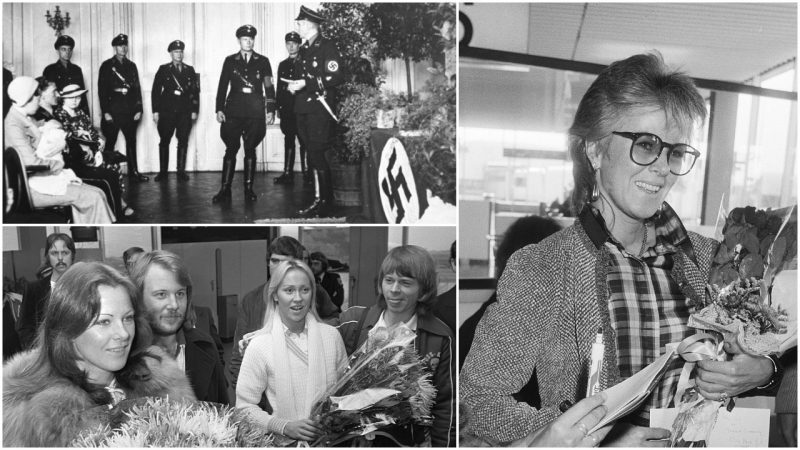One of the Lebensborn
When digging deep into the old stories of the Nazi and their well-developed mechanisms on which they grew their power and authority across the European continent, it is a challenge to find stories that will leave you indifferent.
Consequently, the period of WWII has remained as one of the most challenging and perplexed times in European history, and there are myriads of stories which might seem like a script of an excellent Hollywood blockbuster, except the fact that they’re real. The story of Anni-Frid Lyngstad, known as Frida Lyngstad, one of ABBA’s female superstar lead singers is one of these stories.
Frida was one of the so-called “war children.” She was born to a Norwegian mother called Synni Lyngstad from whom she kept the surname, and a German soldier father later identified as Alfred Haase. Lyngstad was born at the very end of WWII, or more precisely- the end of the German occupation of Norway that lasted five years, from 1940 to 1945.

However, being a war child born in Norway was not one of the best things that could happen in one’s life. The Lyngstad family knew this and wisely moved to Sweden in early 1947. If it wasn’t for this, Frida’s life would have been so different that the famous Swedish pop band ABBA might have never been formed at the beginning of the 1970’s.
The Lyngstad family was comprised solely of women. It was Frida, her mother Synni and her grandmother. In 1947, the three generations of women first moved in the region of Härjedalen, and soon very close to Stockholm, in Malmköping. Frida’s young mother died when her daughter was about to turn 3. The next superstar of Sweden was raised by her grandmother in the years to come.
Frida can still recall a couple of summer holidays from her early childhood, spent with her relatives in Norway. She had been especially close to her Aunt Olive. On one occasion, her aunt stated that Frida had seemed very lonely as a child, and that had always stimulated her to organize warm welcomes and visits to Frida in Norway.
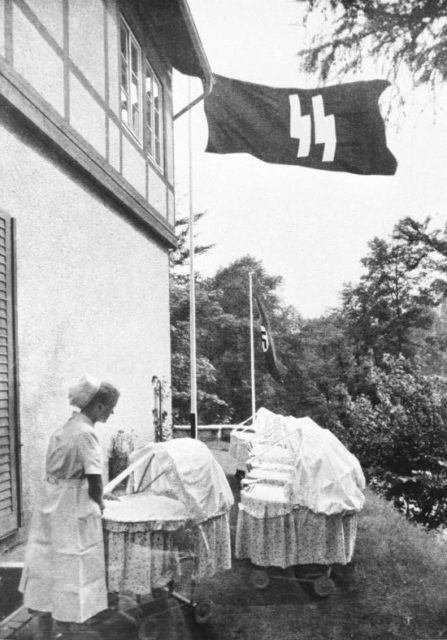
The warm reception of Frida by her Norwegian relatives can be easily observed as exceptional, as life had been far more challenging for many other Norwegian children who were known to have a German soldier as a father.
Thousands of mothers to these children had been labeled with taglines, and many of them were destined to serve as slave workers at the Norwegian concentration camps.
Records show that treatments were even more severe and harsh for the children. One of those children, known as Harriet von Nickel, has written an autobiography that actually depicts her experiences as a war child. She records: “As a two-year-old living with foster parents, I was chained up with the dog in the yard.”
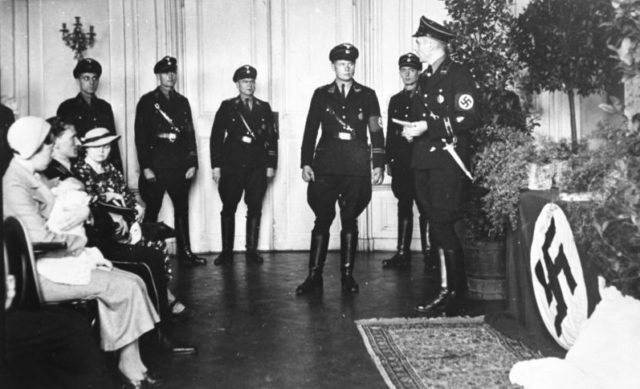
Further on, another record in her autobiography reads: “As a six-year-old, I was thrown into the river by a man from my village who said he wanted to see if the witch will drown or float.”
Last but not least, at the age of 10, Harriet shared that drunken villagers had attacked and labeled her with a swastika on her forehead. The girl used sandpaper to rub her skin and remove the swastika after the attack.
These are, of course, just part of the tormented stories of the war children. In such a dark pool of stories and autobiographies of the war children, Frida’s story remains exceptional, but if it wasn’t for her mother and grandmother’s decision to move from Norway to Sweden, everything could have turned out pretty different.
Frida believed her father had died at the end of the war
For a very long time, the ABBA singer believed that her father had died at the end of the war. However, as the trivia goes, in 1977 at the peak of ABBA’s glory days, the German teen magazine Bravo published a poster of the ABBA singer along with a complete biography and details about her past.
The magazine was eventually picked and seen by Frida’s half-brother, Peter Haase, who had investigated the story and fact-checked some information with his father. A few months later, this chain of events led to the first contact among Frida and her father Alfred, and an organized meeting in Stockholm, Sweden.
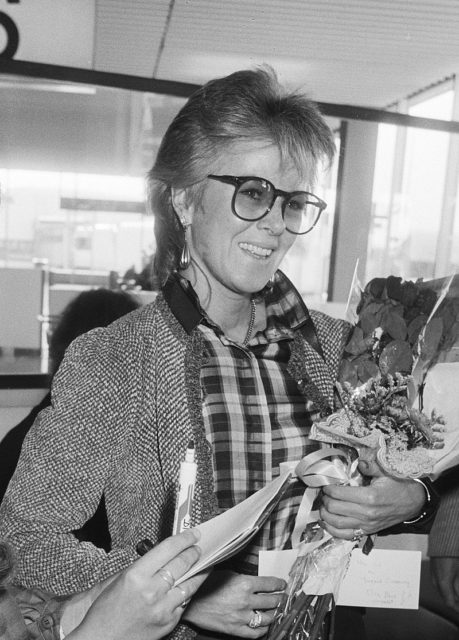
This was an emotionally hard time for Frida. After all, being a Lebensborn, or a state-supported kid by the Nazi Germany had only one goal back in the day: to stimulate and raise the birth rate of the perfect so-called Aryan race. All children, in this case, were a case of genetic preference and production, and for the Lebensborn, Norwegian blond women were the perfect female match, while the strong German soldiers made the male counterpart.
Frida was one of the approximately 10,000 to 12,000 children that were Lebensborn in Norway during and after the World War II.
This high number was a result of the strong propaganda by the Nazi Germany that endorsed Norwegians to be pure Aryans. German authorities, particularly the Lebensborn organization, by far encouraged the German soldiers to conduct relationships with Norwegian women.
The majority of the Lebensborn children who stayed in Norway are social misfits
In cross-cultural contexts, naturally, a child of foreign powers which threatened the peace of a country was considered a grave betrayal. Hence, it was logical that the “war children” of Norway would later be mistreated. We can only recall to Harriet von Nickel’s story we mentioned earlier in this article, which gives a slight idea of how horrifying some of the experiences must have been for the children.
This story of the German soldiers attempting to boost their perfect race at the realms of northern Europe had encouraged the birth of the term “war child,” as it was most frequently used as a reference to the Norwegian Lebensborn, and later spread its reference to other parts of the world.
Most of the Lebensborn kids, who stayed in Norway, are known to be social misfits. The majority of them have received a very poor education. Hence, jobs and employment have not been available for them.
A common label to these children in the following years was “German idiot.” In a different perfect world for the Lebensborn, these children would have been heroes, an exquisite achievement of the perfect race. However, history has a strange turn of events.
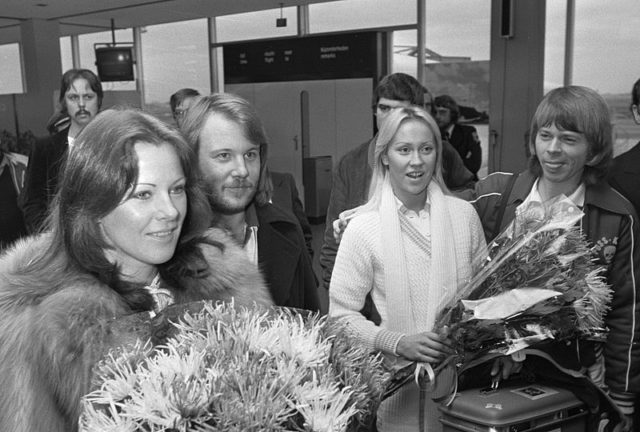
In the dark pool of the Lebensborn stories, Frida’s story of becoming one of the lead singers of ABBA is something that breaks down the barriers and proves that anything is possible.
